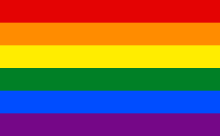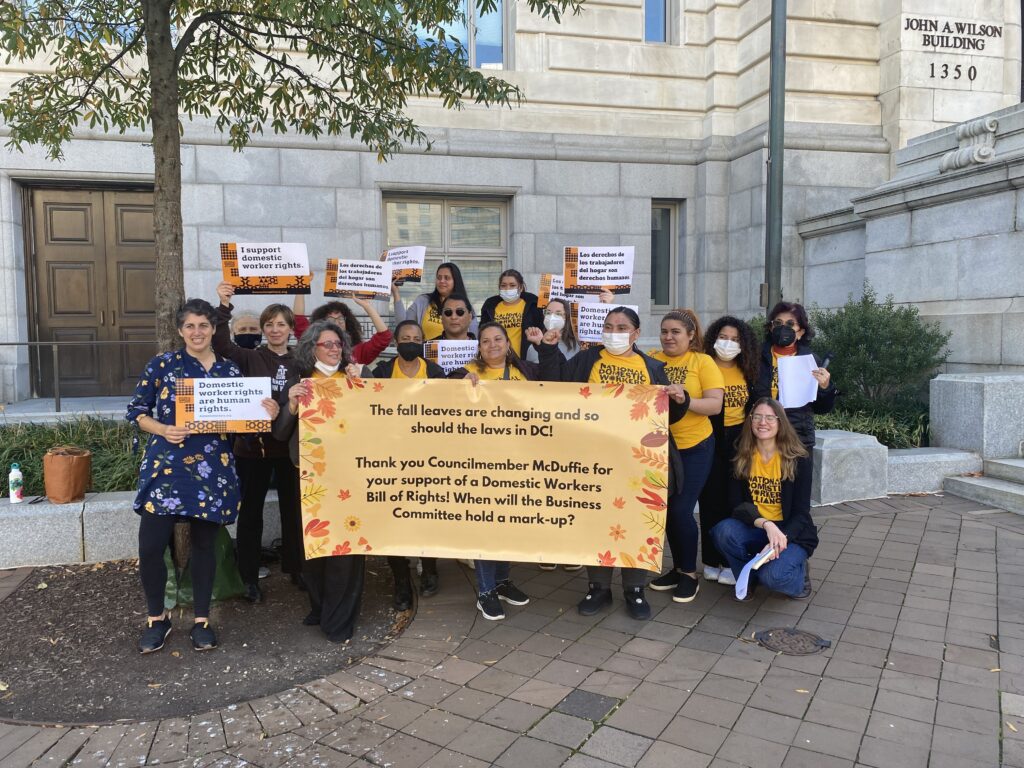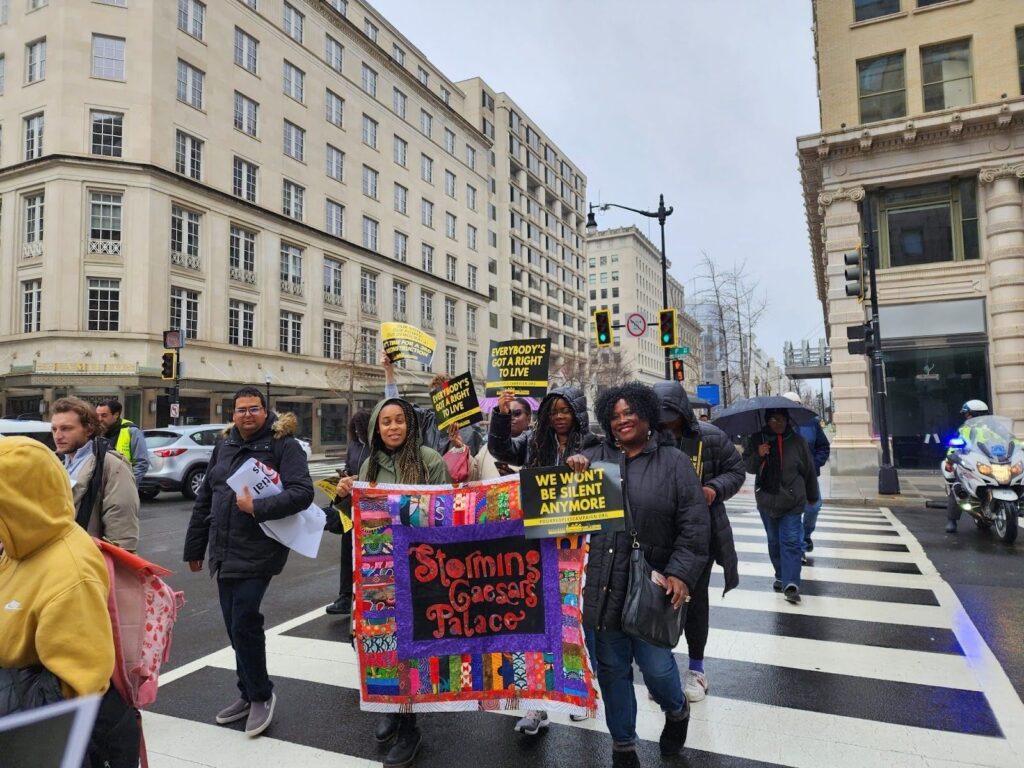On March 9, members of the Obama Administration traveled to Detroit to host an unprecedented national conference regarding housing and homelessness among America’s LGBT community, particularly its youth.
Lesbian, gay, bisexual and transgender youth represent between 20 and 40 percent of an estimated 600,000 or more homeless youths across the country, according to the National Gay and Lesbian Task Force Policy Institute. In many cases, the youths are outcasts, denounced by their guardians and hounded out of shelters by bullies.
One in every three lesbian, gay and bisexual youths has been thrown out of the house by his or her parents, according to the Family Acceptance Project at San Francisco State University.
“At a time in life when most young people are worried about which college they’re going to go to, what their first job might look like, or what opportunities might exist once they graduate from high school, thousands of gay, lesbian, bisexual, and transgender teenagers are worried about something far more basic…where they might be able to sleep that night—and whether they’ll be safe once they get there,” said Housing and Urban Development Secretary Shaun Donovan, who was the keynote speaker at the Detroit event.
The conference, co-hosted by the Ruth Ellis Center, included the second in a series of dialogues focusing on LGBT issues to be held around the country. It announced changes aimed to increase protection for the vulnerable community.
“For far too long, LGBTQ has been a population that has been overlooked,” said Andrew Barnett, Executive Director of Sexual Minority Youth Assistance League (SMYAL), a community-based organization exclusively dedicated to LGBTQ youth in the D.C. metropolitan area. “These conferences are great be- cause they’re calling national attention to this urgent issue.”
Conferees stressed the importance of upholding laws intended to protect tenants, including LGBT tenants, from discrimination under the Obama administration. HUD officials have recently stressed that cases of housing discrimination against LGBT people may be covered by the Fair Housing Act. In addition, they have pointed out that housing providers receiving HUD or Federal Housing Authority funding and lenders insured by FHA may be subject to HUD regulations intended to ensure equal access to programs by LGBT people.
In addition, HUD also recently expanded its official definition of homelessness to create a category for unaccompanied and unstably housed youths up to the age of 24. The expanded definition is intended to provide more help to homeless youths, including LGBT youths, allowing them greater access and assistance in seeking shelter and services.
These measures can make a difference between life and death for thou- sands, according to a speaker at the conference.
“LGBT youths are at greater risk for… homelessness, STDs and HIV infection, mental health issues, bullying, harassment and substance abuse,” said Barnett. “Most of which is because of isolation and rejection at their schools, homes and even their community.”
Approximately 58 percent of home- less gay and transgender youth have been sexually assaulted, compared to 33 percent of homeless heterosexual youth, according to the Center for American Progress. About 44 percent reported being asked by someone on the street to exchange sex for money, food, drugs, shelter or clothes, compared to 26 percent of their hetero- sexual counterparts.
Cai Noble, founding director of Operation Shine America—an advocacy, education, and outreach organization that raises awareness of the homeless youth epidemic in America—spoke of her life as a survivor of youth homelessness. Noble, who identifies as queer, said she had a traumatic home life. She attributed her mental illness to stressful family relations.
“My entire family struggled with [my gender identity], and I felt like it was my fault that my family was falling apart,” she said. Noble left home, believing that in her absence her family would heal.
But on the street, Noble found herself entrenched in poverty and unprepared for the added trauma of sex trade. She said that in her nearly seven years adrift, she experienced police brutality, deprivation and discrimination.
“Through access to community support and education, I finally made my [way] out,” said Noble. “The most important part of the whole experience is now knowing that if my family simply would have had access to [research]… there’s an undeniable possibility I would not have become homeless in the first place.”
Noble said she believed that many cases of homelessness among LGBT young people could be prevented if families were better able to support their children transitioning from childhood into adulthood. Noble also cited signs of progress, such as research and increased attention to the issue, including the Obama Administration’s focus on preventing and ending homelessness among LGBT youth.
“By accepting that this issue is an epidemic for both the LGBTQ community and the U.S. as a whole, we can move our country into a space that real action can be taken,” Noble said.
For assistance in the D.C. area, the Wanda Alston House offers living services for homeless LGBT youths ages 16 to 24. It is located at 1414 North Capitol Street. For more information about resources for LGBT youths in D.C., visit http://www.smyal.org/









